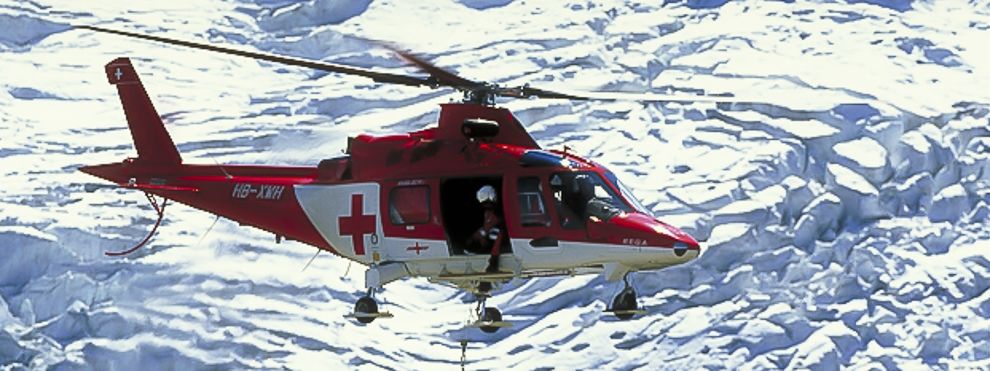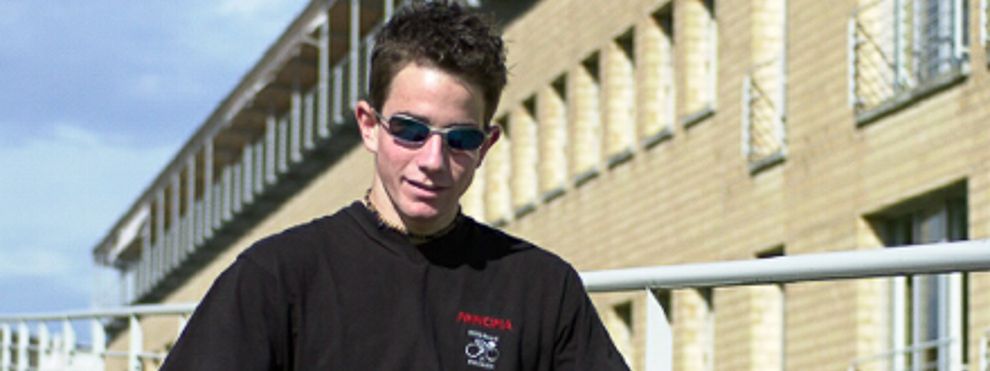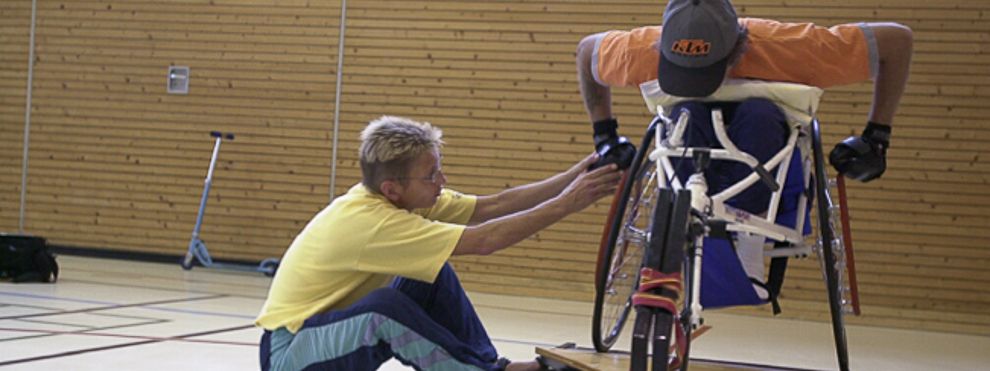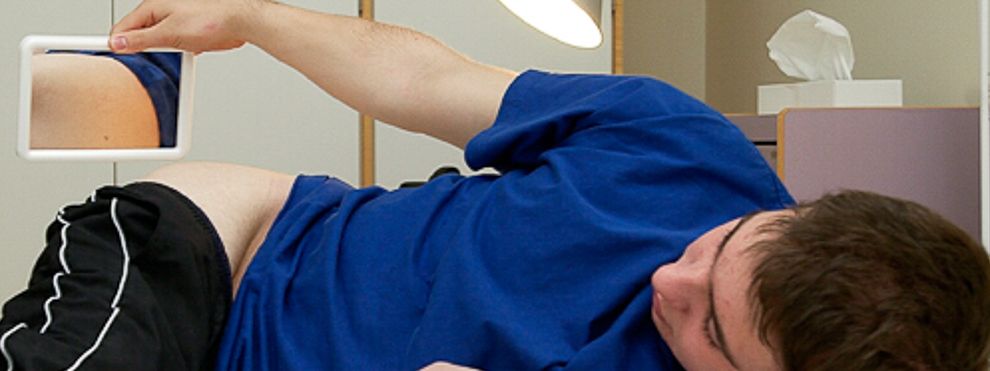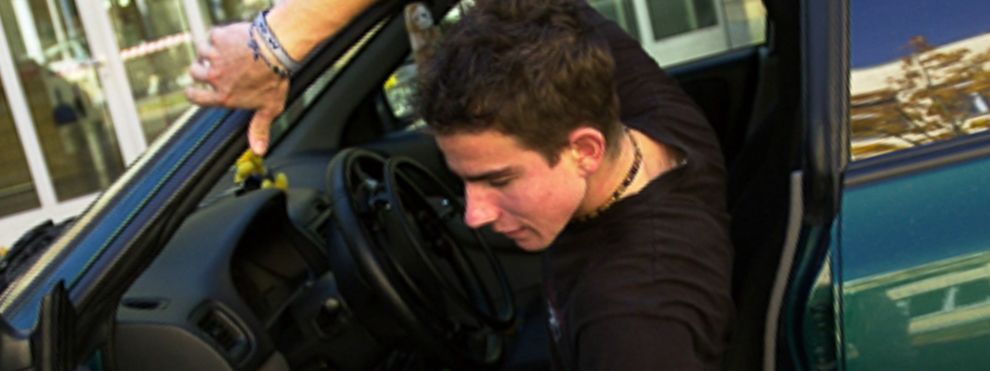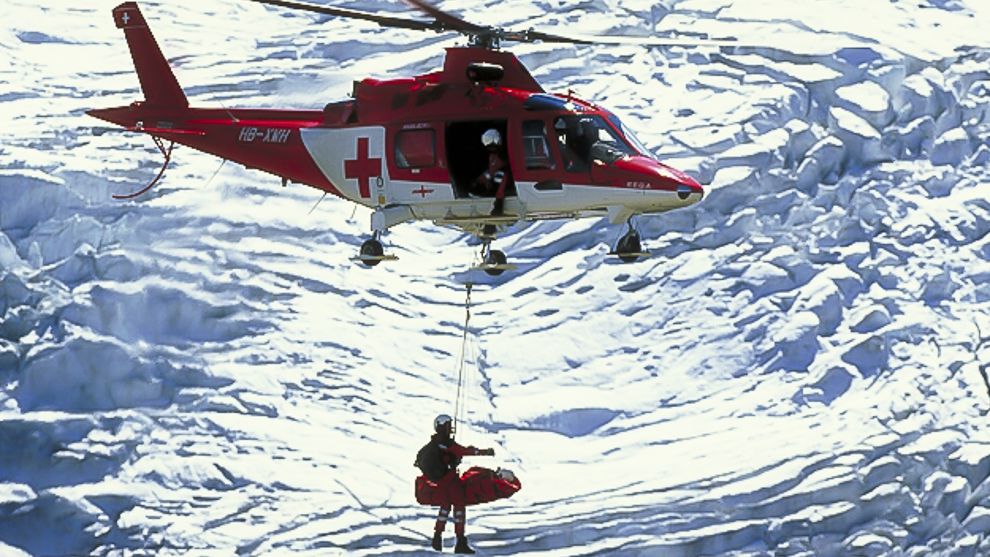
Independence
Sporting accidents are a frequent cause of traumatic spinal cord injuries (SCI), and a common subset of these SCI are those resulting from skiing and snowboarding. The devastating injuries that are associated with such recreational sports often affect young men under thirty.
